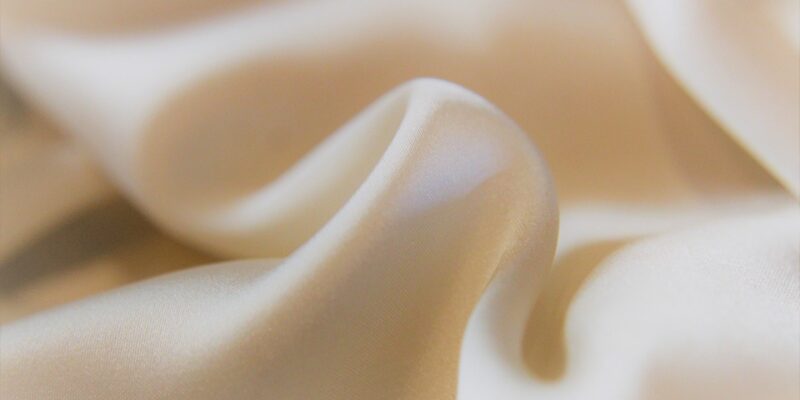Animating Dynamic Hair and Cloth in CGI Films: Techniques and Challenges
Dynamic hair and cloth simulation have become integral parts of CGI films, providing realistic movement and texture to characters and objects on-screen. Animating these elements require specialized techniques and tools to ensure that they look natural and convincing. In this article, we will explore the techniques and challenges of animating dynamic hair and cloth in CGI films.
Techniques for Animating Dynamic Hair
Animating dynamic hair can be a challenging task, as it requires mimicking the complex physics of real hair movement. There are several techniques that animators use to create realistic hair animation in CGI films:
1. Hair Simulation Software: One of the most common techniques used in animating dynamic hair is the use of specialized software that simulates the physics of hair movement. Software such as Yeti, XGen, and Hairfarm allows animators to create realistic hair movement by applying physics-based simulations to hair strands.
2. Keyframe Animation: Another technique for animating dynamic hair is keyframe animation, where animators manually adjust the positions and shapes of individual hair strands to create the desired movement. This technique requires a lot of time and effort but can be useful for creating specific hair styles and movements.
3. Hair Dynamics: Hair dynamics is a technique where animators apply dynamic simulations to hair strands to create realistic movement. By adjusting parameters such as stiffness, gravity, and wind forces, animators can create natural-looking hair animation that responds to the character’s movements.
4. Manual Tweaking: In addition to using simulation software and keyframe animation, animators often have to manually tweak the movement of individual hair strands to achieve the desired look. This can involve adjusting the length, thickness, and curliness of hair strands to create a realistic and cohesive hairstyle.
Challenges in Animating Dynamic Hair
Animating dynamic hair in CGI films comes with its own set of challenges. Some of the common challenges that animators face include:
1. Memory and Processing Power: Dynamic hair simulation can be computationally intensive, requiring a significant amount of memory and processing power to render realistic hair movement. Animators may need to optimize their scenes and adjust simulation parameters to ensure that the animation runs smoothly.
2. Collision Detection: Hair strands can easily intersect with the character’s body or other objects in the scene, causing unnatural-looking movement. Animators need to implement collision detection algorithms to ensure that the hair moves realistically and does not intersect with other elements in the scene.
3. Artistic Direction: Creating a cohesive and visually appealing hairstyle requires a good understanding of hair physics and artistic direction. Animators need to carefully consider factors such as hair length, thickness, and texture to create a hairstyle that complements the character’s design and personality.
4. Rendering Realism: Achieving realistic hair movement requires attention to detail in rendering techniques such as lighting and shading. Animators may need to adjust parameters such as specular highlights and shadowing to create a hair texture that looks natural and interacts realistically with the environment.
Techniques for Animating Dynamic Cloth
Animating dynamic cloth is another essential aspect of CGI films, as it adds realism and movement to characters’ costumes and props. Some of the techniques used in animating dynamic cloth in CGI films include:
1. Cloth Simulation Software: Many animators use specialized software such as Marvelous Designer or ClothFX to simulate the physics of cloth movement. These tools allow animators to create realistic wrinkles, folds, and drapes in cloth by applying dynamic simulations to the fabric.
2. Rigging and Constraints: Another technique for animating dynamic cloth is rigging, where animators create a skeleton or control points within the cloth to control its movement. By applying constraints to these rigging points, animators can create realistic cloth animation that responds to the character’s movements.
3. Keyframe Animation: Keyframe animation is also used in animating dynamic cloth, where animators manually adjust the positions and shapes of the cloth to create the desired movement. This technique is often used in conjunction with cloth simulation software to achieve specific fabric effects.
4. Wind and Gravity Forces: To create realistic cloth movement, animators often apply wind and gravity forces to the fabric. By adjusting parameters such as wind speed and direction, animators can create dynamic cloth movement that responds to the character’s actions and environmental conditions.
Challenges in Animating Dynamic Cloth
Animating dynamic cloth in CGI films presents its own set of challenges. Some of the common challenges that animators face include:
1. Collisions and Intersections: Dynamic cloth can easily collide with the character’s body or other objects in the scene, causing unnatural movement or intersections. Animators need to implement collision detection algorithms and adjust simulation parameters to ensure that the cloth moves realistically and does not intersect with other elements in the scene.
2. Artistic Direction: Creating realistic cloth movement requires a good understanding of fabric physics and artistic direction. Animators need to consider factors such as fabric type, thickness, and elasticity to create a costume or prop that complements the character’s design and personality.
3. Rendering Realism: Achieving realistic cloth movement also requires attention to detail in rendering techniques such as lighting and shading. Animators may need to adjust parameters such as texture mapping and cloth materials to create a fabric texture that looks natural and interacts realistically with the environment.
In conclusion, animating dynamic hair and cloth in CGI films requires specialized techniques and tools to create realistic movement and texture. By understanding the challenges and implementing the right techniques, animators can achieve convincing and visually appealing results that enhance the overall look and feel of their films.
